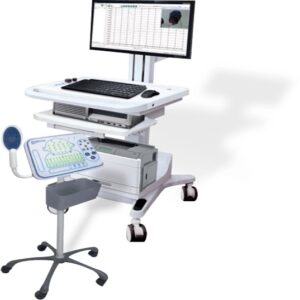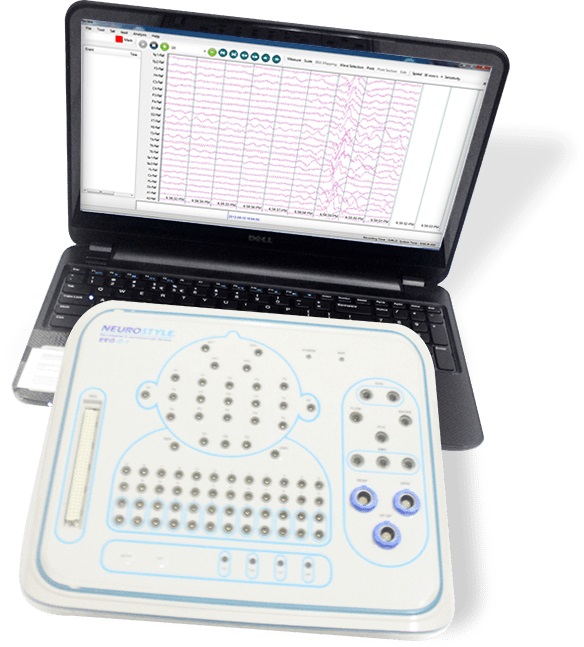Electroencephalography (EEG) is a test that examines the brain’s electrical activity and is done by using an EEG Machine. Electrodes are attached to your scalp to capture electrical activity during an EEG. The electrodes and EEG test are painless. This test may be recommended by your doctor to aid in the diagnosis of neurological disorders. Continue reading to discover the conditions that an EEG machine can be used to identify.
Epilepsy and Seizure Disorders
EEG machine is most commonly used to diagnose epilepsy and other seizure disorders. Seizures, muscular spasms, and unusual behavior or feelings are all symptoms of epilepsy. Experts are still unsure what causes epilepsy. It might be caused by faulty nerve cell connections and brain chemical abnormalities. Anti-seizure medicine is the most common therapy for epilepsy. Some seizure disorders can be treated with brain surgery.
Sleeping Disorder
Insomnia and narcolepsy are examples of sleep disorders. Insomniacs have difficulty getting asleep and staying asleep. Stress, trauma, and certain medical conditions or medications are all triggers. Better sleep hygiene and a change in lifestyle can assist. Extreme daytime drowsiness and uncontrolled episodes of daytime sleep are symptoms of narcolepsy. Low amounts of a brain chemical called hypocretin, according to experts, may be a cause of narcolepsy. Medications for narcolepsy and persistent insomnia may be prescribed by doctors.
Brain Injuries:
A traumatic brain injury is caused by an external force, whereas acquired brain damage is caused by a stroke or a lack of oxygen to the brain. The level of the injury determines the symptoms, which can vary from headaches and balance issues to loss of consciousness and coma. Rest and avoidance of physical and mental exertion, such as reading, are the most basic treatments. People who lose their mental abilities will require more intensive treatment. For moderate and severe brain injuries, lifelong rehabilitation may be required.
Stroke
A stroke occurs when blood flow to the brain is disrupted, resulting in the death of brain cells. Sudden paralysis or weakness, numbness, sagging face, changes in speech, or difficulty interpreting words are all symptoms of a stroke. Strokes occur when a clot clogs a blood artery or when a blood vessel bursts and spills into the brain (ischemic stroke) (hemorrhagic stroke). Stroke needs immediate medical attention.
Behavior Disorders
Oppositional defiant disorder and conduct disorder are examples of behavior disorders. An EEG System can be used to see if these problems have a physical explanation. School, job, family, and social connections are all disrupted by behavioral problems. Behavioral treatment is beneficial to people who suffer from these diseases. In such situations, doctors will prescribe medicines.



